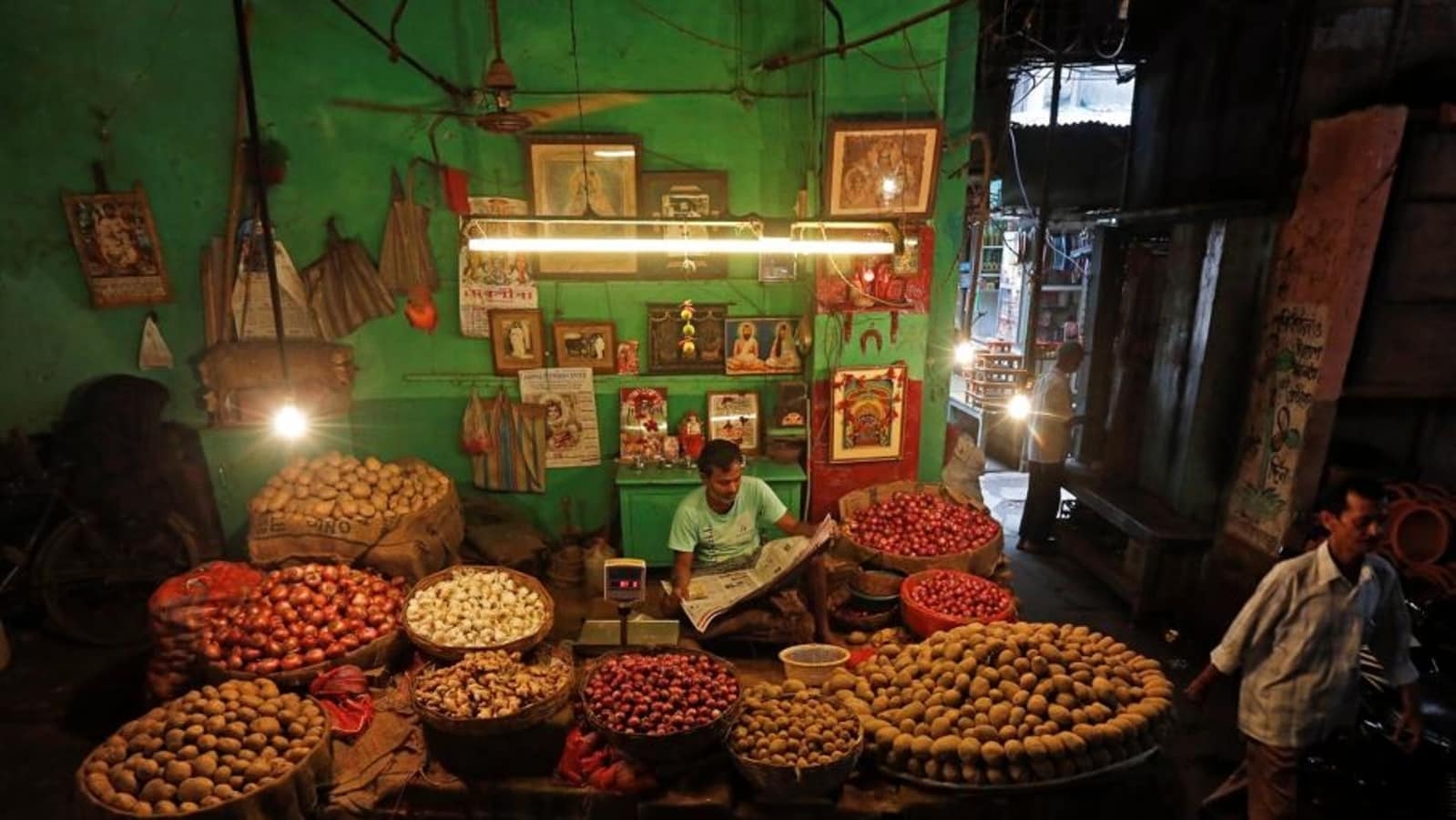The Reserve Bank of India’s (RBI) mission will be made more difficult by the falling rupee, which is the result of high wholesale prices and retail inflation. This could lead the MPC, which meets next week, to consider another aggressive rate hike of at least 50 basis points. At the same time, fears of elevated import costs may force the fiscal authority to further initiate measures to ease supply-side bottlenecks in the domestic market to control price pressure.
Economists said that the rupee’s decline will also substantially counterbalance the favorable effects of the recent worldwide drop in prices of a number of commodities, including metals and oil. Purchasing commodities from abroad, including crude oil, edible oil, coal, and fertilizers, as well as completed items like electronics and capital goods, is expected to become more expensive. This has increased concerns about “imported inflation.”
The rupee dropped to a new low of 81.09 against the dollar on Friday, having lost 124 paise in the previous three sessions as a result of the U.S. Federal Reserve’s aggressive rate hikes and the rising geopolitical tension in Ukraine. The currency may decline more and find support at 81.5 or 82 now that it has crossed the psychological 80-per-dollar threshold, according to several analysts. Retail inflation increased to 7% in August from 6.71% the month before, reversing a three-month downward trend.
“Typically, a 5% depreciation of the rupee has an inflationary impact of roughly 20 basis points, so it somewhat increases the upside risks to inflation, though we do not think it stands to dramatically disturb the current trajectory,” said Aurodeep Nandi, India economist at Nomura. As opposed to 5.5% in FY22, we anticipate CPI inflation to average 6.8% in FY23.

